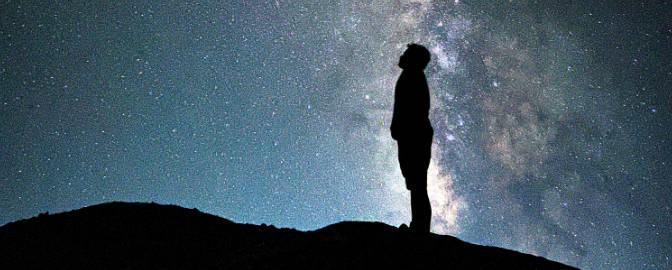Emily Lakdawalla • Dec 14, 2013
Chang'e 3 has successfully landed on the Moon!
UPDATE: The rover has deployed safely -- go to this blog post for animated gifs of rover deploy!
The official landing time for Chang'e 3 was 13:11:18 UT -- a full half-hour earlier than the time announced yesterday, which meant that I missed the action. Thank goodness for denizens of the Internet making screen caps of the images that the lander returned during its descent to the moon! There was not live video but there were video frames transmitted. According to a member of the mission team interviewed after the landing on Chinese state television (CCTV), they expected 10 frames to be transmitted but actually received 59. Here is an animation of a few of them:
And here is that loveliest of images, a photo of a footpad on the surface of another world. Congratulations to China!
Here is a replay of the landing:
And here is a color photo shot from a "monitoring camera" on Chang'e 3 well after the landing:
The lander has deployed its solar panels and is power-positive. They must vent their remaining fuel first before deploying the rover. According to this website, rover deploy is to happen eight hours after landing; CCTV live coverage is set to pick up again at 21:00 UT / 13:00 PT. Given that the landing itself was half an hour early, though, I'll be checking throughout the day to see if the rover deploy is happening earlier than scheduled, too.
Here are some screen caps showing what the rover deploy sequence looks like. The rover deploy sequence is as follows:
- Fire pyros to unlock wheels from lander deck
- Deploy rover solar panels
- Deploy mast and take 360-degree panorama of landing site from atop lander (neat trick, that)
- Cut cable to lander (not sure if this is an umbilical or just a cable tie)
- Deploy landing ramp, which will end in midair
- Drive rover onto landing ramp
- Lower landing ramp toward lunar surface
- Drive off of surface. Rover must drive far enough to get out of comm shadow of the lander. (Rover is driving off of anti-Earth side of lander)
- Communicate with Earth
Here is video and description of the rover deploy sequence. I would have embedded it but couldn't figure out how to get it to not auto-play.
According to this tweet, it will be a full day after landing before the rover and lander will take photos of each other, an event that will be televised. I'll try to find more specific information on when this is to happen.
After the landing, CCTV placed the accomplishment into historical and global context. They noted the long history of U.S. and Russia exploration of the Moon -- that this landing is an important first for China but not a global first -- but also that it was the first in 37 years, and with a highly capable scientific spacecraft. They talked about the U.S. no longer having domestic capability to launch humans to space (which hurt, but the reporting was neutral and factual), and briefly mentioned U.S. planetary exploration, but correctly noted that almost all of NASA's $16-17 billion budget is spent on human spaceflight, and that that amount is less than one half of one percent of the U.S. budget. Then they talked about the rise of private, commercial spaceflight and expressed hope that that would revitalize American interest in human spaceflight.
Where did they land? They landed at their earliest opportunity, so it was in the far easternmost edge of the previously identified landing box. Here's a screen cap from the broadcast showing the landing location, at 19.51 degrees west, 44.12 degrees north:
In a previous post I discussed Lunar Reconnaissance Orbiter plans for imaging the site after landing, with the first opportunity being December 25. But those plans assumed a landing near the center of the box, near Laplace A. So I'm not sure now when Lunar Reconnaissance Orbiter will be attempting images of the lander -- stay tuned for that.
I want to thank the folks at nasaspaceflight.com for helping me -- and indeed much of the English-speaking Internet -- keep abreast of live developments in space exploration!


 Explore Worlds
Explore Worlds Find Life
Find Life Defend Earth
Defend Earth

